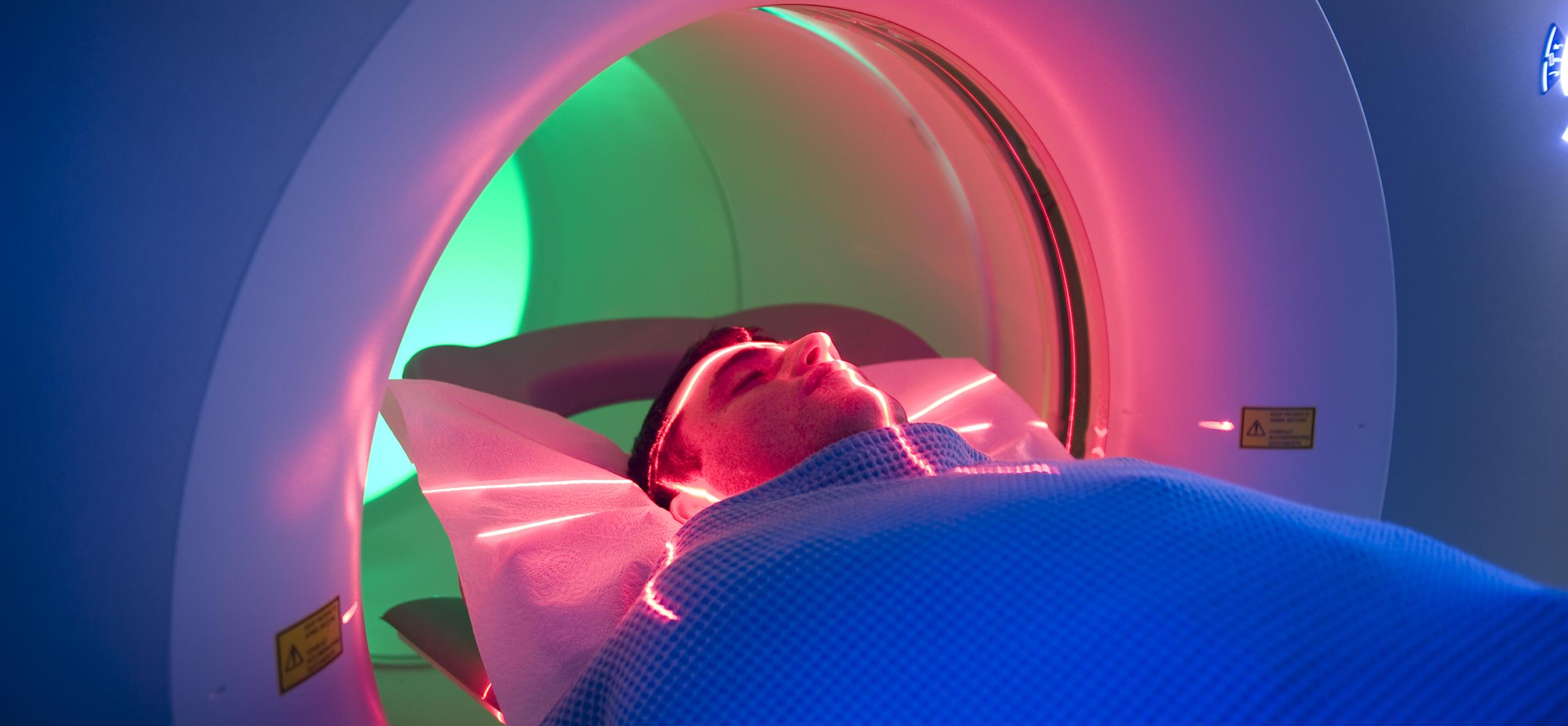What Is PET-CT?

PET-CT is an advanced imaging technique that combines PET with CT to measure metabolic or biochemical activity in the human body. PET-CT is primarily used in oncology (66.1%)as well as in cardiology (13.2%) and neurology (10.1%). Applications for PET-CT continue to expand to new clinical indications and therapeutic areas.


Key Findings From the Survey

- There were 60 PET-CT units in 9 provinces identified by the CMII in its 2022–2023 national survey. All units were located in urban centres.
- Canada has 1.5 PET-CT units per million people. The greatest density of units per million people is in Quebec, New Brunswick, and Newfoundland and Labrador.
- Approximately 156,320 publicly funded PET-CT examinations were performed in the 2022–2023 fiscal year. This represents a national average of 3.9 exams per 1,000 people, an increase of 18.2% since 2019–2020.
What Is PET-MRI?

PET-MRI is a technique that combines PET with MRI to produce highly detailed imaging of soft tissues in the human body. PET-MRI is almost exclusively used for research purposes in Canada; therefore, data are limited for this modality.


Key Findings From the Survey

- There were 6 PET-MRI units identified in 3 provinces by the CMII in its 2022–2023 national survey. All units were located in urban centres.
- The average age of PET-MRI equipment in Canada was 6.7 years; 2 units were 6 to 10 years old and 1 unit was 5 years old.


